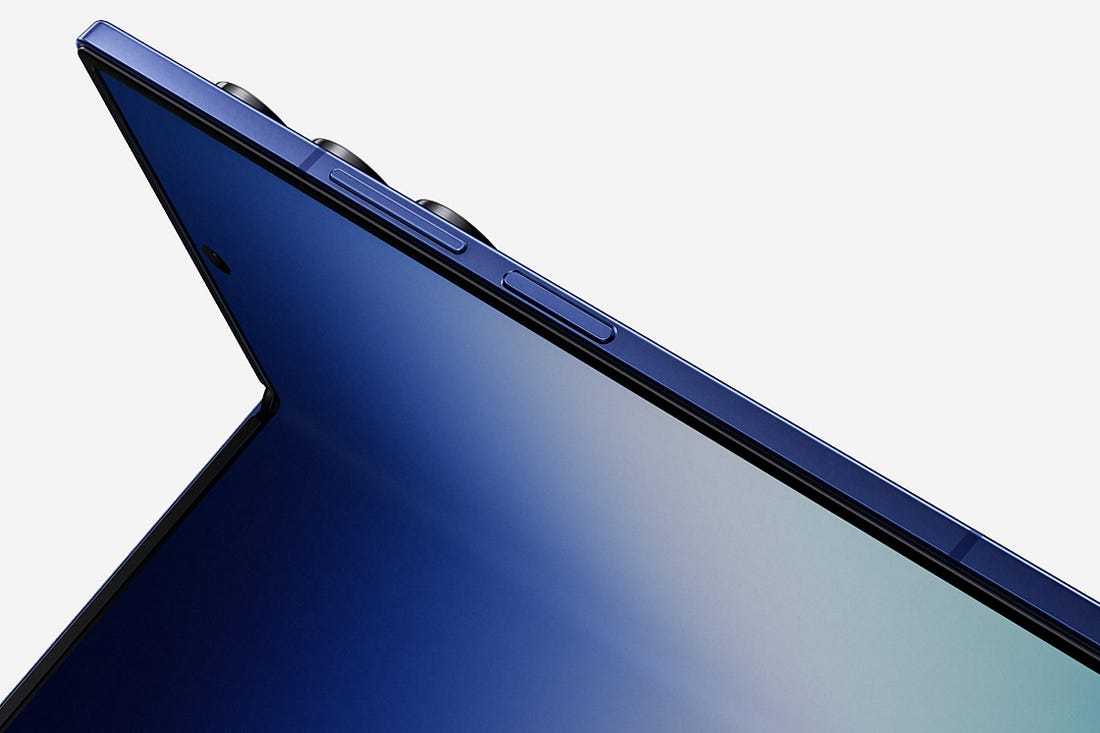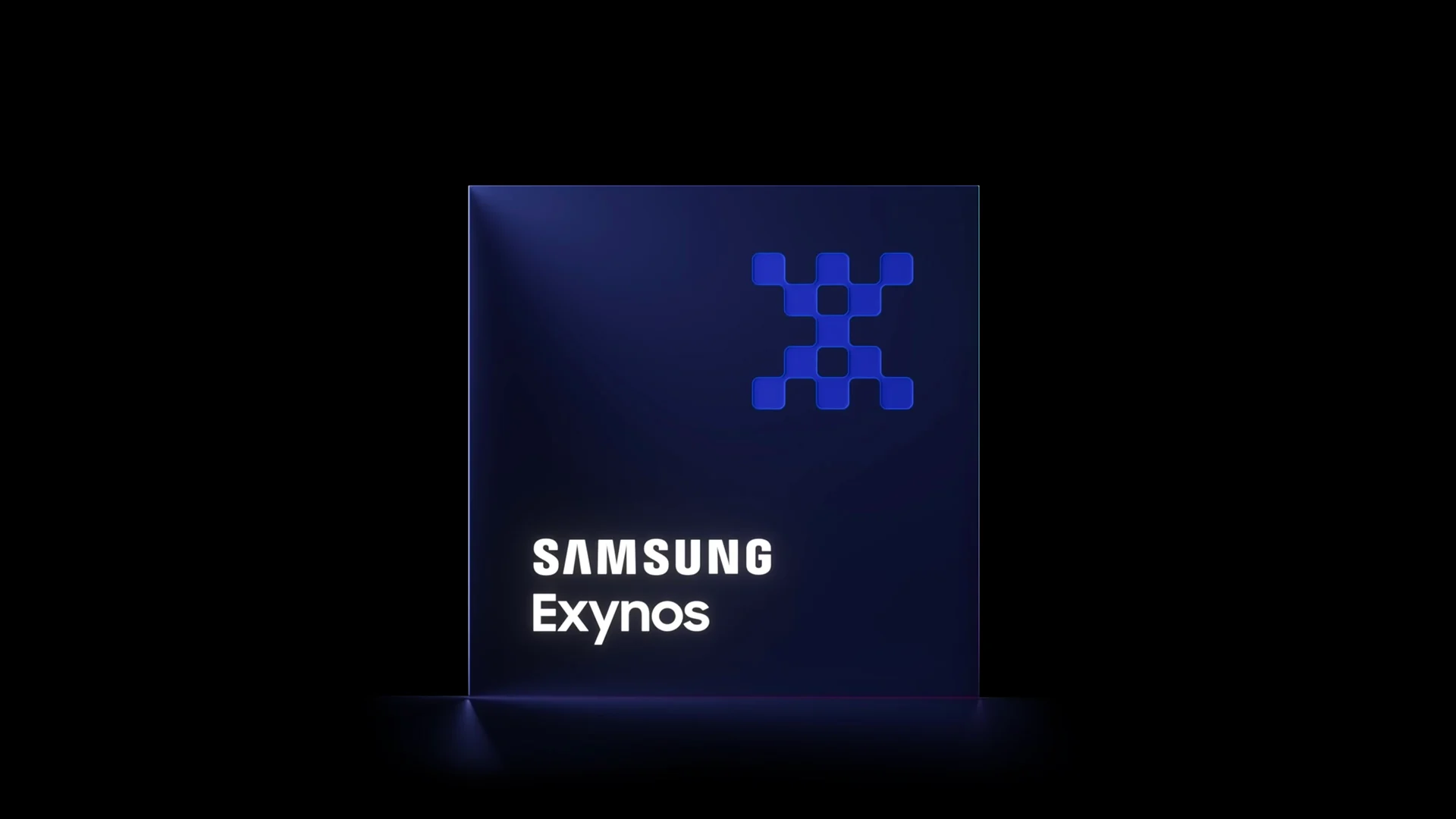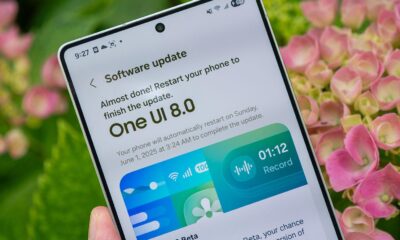News
Samsung Galaxy S25 series gets third One UI 8 beta update

Samsung has rolled out the third One UI 8 beta update for the Galaxy S25, S25 Plus, and S25 Ultra, bringing users in select regions closer to the final Android 16 experience. This update, weighing around 800MB, focuses on fixing bugs and boosting performance for a smoother user experience.
The new beta, with firmware ending in ZYFB, is available in countries like the US, UK, Germany, India, South Korea, and Poland. It tackles issues from earlier betas, improving app stability, especially for the camera, and enhancing overall system reliability. Users can expect fewer glitches and better performance in daily tasks.
Samsung also added minor tweaks, like improved animations and refined Galaxy AI features, to make the interface feel more polished. To join the beta, Galaxy S25 owners in supported regions can sign up through the Samsung Members app.
However, the update is exclusive to the S25 series for now, with no word on when older devices like the Galaxy S24 or S23 will get it. Samsung seems to be fast-tracking One UI 8, as a stable version with firmware BYFB was recently spotted, hinting at a possible release soon after the Galaxy Unpacked event on July 9, 2025.
This beta program lets users test new features early, but it’s not perfect yet. Samsung is working hard to iron out remaining issues before the official launch, ensuring a solid experience for all Galaxy users.
Samsung Galaxy Z Fold 7 likely to have same dust protection as Fold 6

A recent leak suggests that Samsung’s Galaxy Z Fold 7 will keep the same IP48 rating as the Galaxy Z Fold 6, even with its fresh design. This news, shared by @PandaFlashPro
on X, might disappoint fans hoping for better dust resistance, especially since other brands are rumored to be stepping up their game.
The IP48 rating means the phone can handle water splashes and submersion, much like other modern foldables. However, it only protects against larger particles, not fine dust, which could still cause issues.
While Samsung made strides with water resistance years ago, dust protection remains a challenge. Rumors had hinted at stronger dust resistance for the Fold 7 and Flip 7, but it seems those hopes have faded.
Still, the Galaxy Z Fold 7 is shaping up to be a big upgrade. It’s expected to have larger screens, a slimmer body, and a powerful 200MP camera, making it a strong contender. Meanwhile, competitors like Google might soon offer a fully dust-tight foldable with an IP68 rating, which could push Samsung to improve next year’s Fold 8.
Samsung is now taking free reservations for the Galaxy Z Fold 7 and Flip 7, offering a $50 credit and up to $1,150 in savings. These perks, including triple reward points, make it worth signing up, even if you’re not ready to buy.
Google Pixel 10 Pro and Pro XL: What’s new in the latest leak
The Google Pixel 10 series is set to launch soon, and a recent leak gives us a peek at the Pixel 10 Pro and Pro XL. According to Android Headlines, these phones won’t see big design changes, keeping a familiar look similar to last year’s models. That’s not a bad thing, as the current style is sleek and popular.
Both phones will feature Google’s new Tensor G5 chip, made by TSMC, paired with 16GB of RAM for smooth performance. Storage options go up to 1TB, but the Pro XL might skip the 128GB version, possibly hinting at a slight price increase. The Pro has a 6.3-inch display, while the Pro XL boasts a larger 6.8-inch screen.
Battery sizes are getting a boost, with the Pro at 4,870mAh and the Pro XL at 5,200mAh, the biggest ever for a Pixel. Charging speeds may improve to 29W for the Pro and 39W for the Pro XL, with 15W wireless charging.
The Pro also includes a vapor chamber for better cooling.The camera setup stays mostly the same, with a minor upgrade to the telephoto lens for better low-light shots. Overall, the Pixel 10 Pro and Pro XL seem like solid upgrades with familiar designs, focusing on better performance and battery life.
News
Samsung’s new Foldable phones: chip choices for US buyers

Samsung is set to launch its latest foldable phones, the Galaxy Z Fold 7 and Z Flip 7, at the Galaxy Unpacked event on July 9, 2025, in New York City. A budget-friendly Z Flip 7 FE is also expected. These devices promise slimmer designs and better performance, but the chipsets powering them are causing a stir among U.S. fans.
The Galaxy Z Fold 7 will use Qualcomm’s Snapdragon 8 Elite chip worldwide, offering top-notch speed and efficiency. However, the Z Flip 7 and Z Flip 7 FE will feature Samsung’s Exynos 2500 and Exynos 2400 chips, respectively, even in the U.S., where Snapdragon chips were typically used.
This shift has raised some eyebrows, as Snapdragon chips are often seen as more powerful and efficient.The Exynos 2500, a 3nm chip, brings solid improvements like better graphics, longer battery life, and support for satellite connectivity in emergencies.
Still, some worry it might not match the Snapdragon’s performance, especially in thin devices like the Z Flip 7, where heat management is tricky.
Benchmark tests show the Exynos 2500 scoring slightly lower than the Snapdragon 8 Elite, but real-world performance is yet to be tested.Samsung’s move to Exynos chips could help control costs and reduce reliance on Qualcomm.
While U.S. customers might miss the Snapdragon advantage, the Exynos chips are designed to deliver a smooth experience with enhanced AI features and gaming capabilities. We’ll know more after the launch, but Samsung’s bold choice is worth watching.
-

 Android4 days ago
Android4 days agoSamsung’s new One UI 8 update coming to Galaxy S24 and S23
-

 Android2 days ago
Android2 days agoSamsung Galaxy S23 to see speed boost with One UI 8 update
-

 News6 days ago
News6 days agoSamsung’s new One UI 8 update brings smarter features to Galaxy phones
-

 News5 days ago
News5 days agoSamsung phones in Europe get new Now Brief feature
-

 News1 week ago
News1 week agoSamsung Galaxy S23 and S22 get June 2025 security update
-

 Android4 days ago
Android4 days agoSamsung Galaxy S25 gets stable One UI 8 update early
-

 News1 week ago
News1 week agoOne UI 8 smart clipboard has a twist
-

 News1 week ago
News1 week agoSamsung Galaxy AI might cost money in 2026









